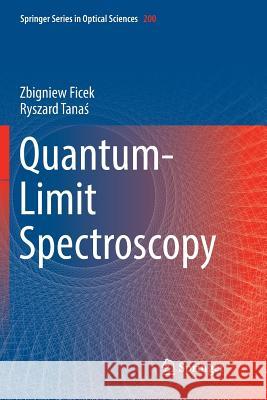Quantum-Limit Spectroscopy » książka
topmenu
Quantum-Limit Spectroscopy
ISBN-13: 9781493981250 / Angielski / Miękka / 2018 / 376 str.
Kategorie BISAC:
Wydawca:
Springer
Seria wydawnicza:
Język:
Angielski
ISBN-13:
9781493981250
Rok wydania:
2018
Wydanie:
Softcover Repri
Ilość stron:
376
Waga:
0.55 kg
Wymiary:
23.39 x 15.6 x 2.06
Oprawa:
Miękka
Wolumenów:
01
Dodatkowe informacje:
Wydanie ilustrowane











